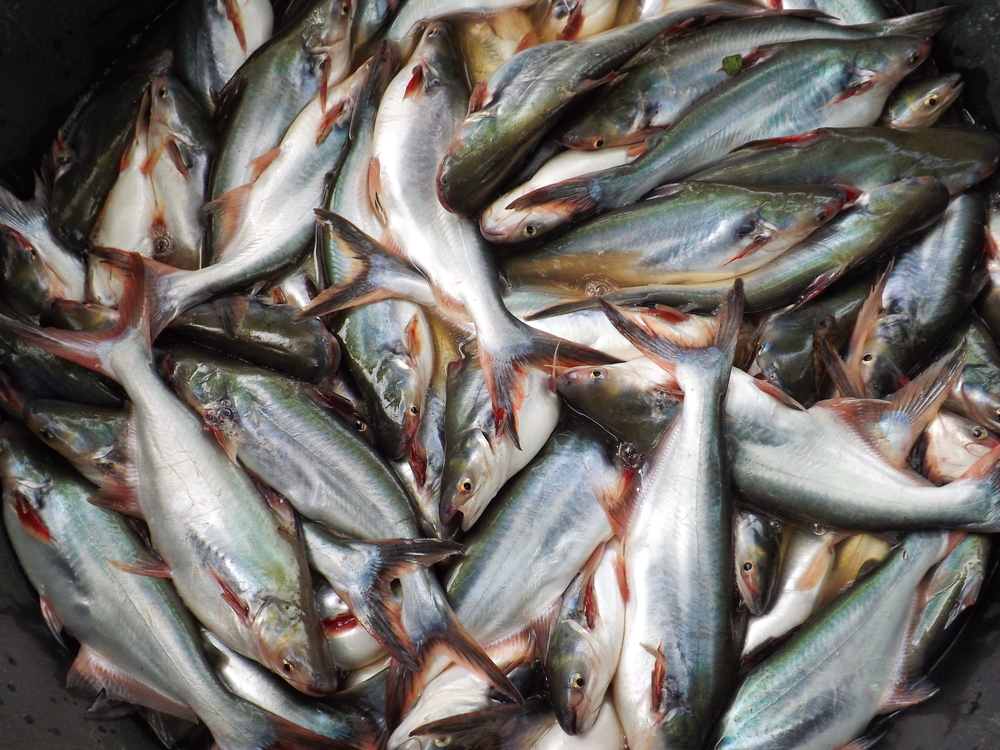Fish farms are using more and more different raw materials to feed fish. Not all these ingredients are equally digestible for the fish. Phan Le Thien Thuat developed a more precise way to match the various fish feeds to the fish species, so that less protein is wasted. Better for the fish, the farmer and the environment.
Fishmeal made of wild-caught fish only meets about seven per cent of the demand for fish feed. So the fish-farming sector has long been branching out into using alternatives such as soya and pea protein. The problem with that is that these ingredients are also suitable for livestock or directly for humans. So other raw materials are being introduced such as protein from offal (processed animal protein from chickens and pigs) and new sources such as insects, bacteria, yeast and algae. Fish feed is formulated to provide the right balance of protein and energy, so the fish make good use of the protein. Too much protein or too little energy leads to more ammonia pollution in the water.
Net energy
The question is how to determine the amount of energy in a diet from a diverse range of ingredients. Until now, the industry has used the ‘total digestible energy’ as a guide: the digested quantity of protein, carbohydrates and triglycerides (fats) that enter the bloodstream. Phan Le Thien Thuat (Aquaculture and Fisheries) found that while those measurements indicate how much has been digested and absorbed, that is not the same as how much energy the fish can use for growth. The latter is called the net usable energy. The industry uses a constant utilization value for a fish feed in its entirety, while the utilizable energy differs per digested macronutrient (protein, fat or carbohydrate).
Le Thien Thuat calculated the net energy for digested protein, fat and carbohydrates for five fish species including pangasius. The digestibility and energy efficiency differed between fish species. The new calculation method yielded an energy value for the pangasius that was up to 20 per cent more accurate, depending on the ingredients.
Win-win-win
With this higher accuracy, more balanced fish feeds can be formulated, adapted to the fish species. This is economically viable for the fish farmer, reduces protein waste and environmental pollution, and is good for the fish. At an international congress on fish nutrition in Sorrento, businesses in the sector showed a great deal of interest in the new method and how they can implement it, says Johan Schrama, Le Thien Thuat’s supervisor.

 Le Thien Thuat’s calculation method is better for the fish (like this pangasius), fish farmer and environment. Photo Shutterstock.
Le Thien Thuat’s calculation method is better for the fish (like this pangasius), fish farmer and environment. Photo Shutterstock. 

